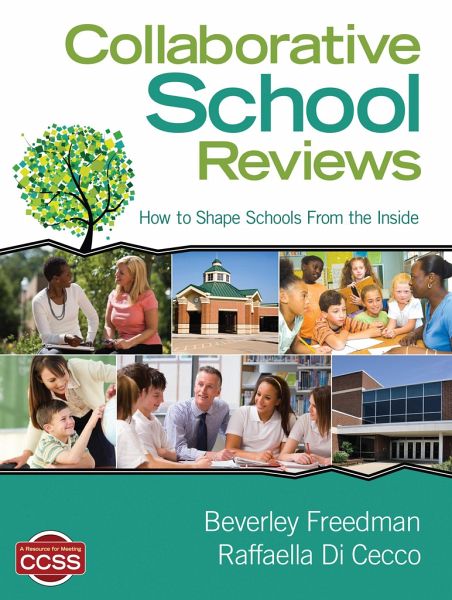
Collaborative School Reviews
How to Shape Schools From the Inside
Versandkostenfrei!
Versandfertig in 1-2 Wochen
34,99 €
inkl. MwSt.

PAYBACK Punkte
17 °P sammeln!
Say goodbye to top-down evaluations and hello to collaboration and change! How can you leverage the objectivity of outside evaluators and the knowledge of local educators who understand your school's particular situation to help you drive school improvement? The answer: collaborative schools reviews conducted by personnel from within your district in collaboration with your school leadership team. Here you'll find: A research-based case for the value and results of collaborative school reviews Best practices for creating review teams, conducting onsite classroom observations, and aligning with...
Say goodbye to top-down evaluations and hello to collaboration and change! How can you leverage the objectivity of outside evaluators and the knowledge of local educators who understand your school's particular situation to help you drive school improvement? The answer: collaborative schools reviews conducted by personnel from within your district in collaboration with your school leadership team. Here you'll find: A research-based case for the value and results of collaborative school reviews Best practices for creating review teams, conducting onsite classroom observations, and aligning with district goals How-to's for effectively using data to gain a balanced view of school performance














